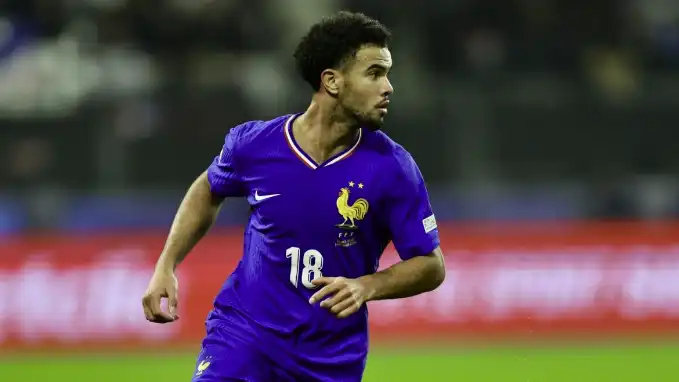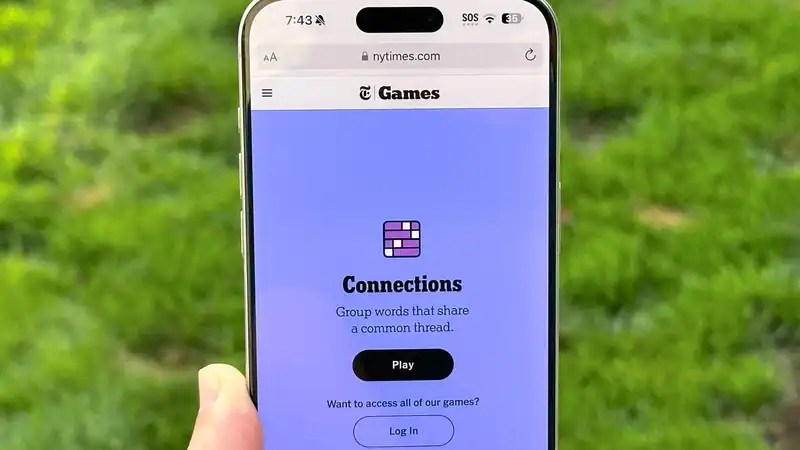OpenAI offered access to its impressive artificial intelligence video generator, Sora, to a group of professional artists and filmmakers to see what they could create
Sora was first unveiled in February, and within a little over a month became one of the most dominant topics in the AI video field
We have seen dozens of great videos produced using Sora, but this is the first time anyone outside of OpenAI has been able to create content using AI tools
The work was commissioned by creative directors, musicians, directors, and production companies, who took full advantage of Sora's capabilities to create realistic and surrealistic pieces
There are still questions about the source material used to train Sora, and some are concerned that the content shared on YouTube contains material that was filmed without permission, but for now, at least some of the creative community seems open to the new platform seems to be positive about its use
Short film creator Paul Trillo said that Sora is at its most powerful "when it brings new and impossible ideas to life, rather than replicating old ones"
One of the major arguments in favor of AI-generated video is its ability to bring concepts to life that would be over budget for smaller independent filmmakers It offers a new way to express imagination without a budget
He created a series of videos that play with ambiguity, zooming through tunnels to take us to disparate and sensational places mixed with surreal scenes of dancing robots and trash
Another of Trillo's works tells the story of a golden record sent into space on the Voyager spacecraft Eleven different generations were cut together to "explore what this odyssey of records might look like
One of the most striking new videos is by Toronto-based multimedia production company shy kids [They created a short film, "Air Head," about a man with a yellow balloon on his head, and put together a series of thematic sola clips with a narrated voice-over
They also demonstrated some of Sora's limitations regarding character consistency, which will probably be remedied before it is officially released
AI videos are not new However, Sora seems to be taking it to a new level, creating longer, more immersive clips from a single text prompt
According to OpenAI, the main differences are computational power and training time Scale seems to be a bigger differentiator, but this increase pushes artists into new areas of focus
In this First Impressions series, Nik Lkeverov of the Emmy-nominated agency Native Foreign visualizes the concept of a fake soda brand Musician August Kamp described it as a way to iterate on cinematic visuals, and Josephine Miller, creative director of Oraar Studio, said it offered a way to breathe life into an idea that had long languished
We've seen some great work from AI video producers using Runway, Pika Labs, and Stable Video Diffusion, but Sora's videos feel more natural and less generated
Alexander Reben is a sculptor and current OpenAI artist in residence He used Sora to create models inspired by and inspired by AI-generated images
"My thoughts drifted toward exploring the realm of photogrammetry and its potential application to sculpture The prospect of converting video into 3D models intrigued me, suggesting that AI systems could be propelled beyond their initial scope"
Hollywood has always adapted to incorporate the latest technology into film production, from better lighting equipment to digital cameras to a multitude of VFX tools; AI is different
A large part of the recent SAG-AFTRA strike was over the possibility of using AI to take jobs away from actors Visual effects artists will be hardest hit by tools like Sora, but OpenAI and others in the field say it will only provide new tools for creating visual effects
The biggest impact would be on smaller filmmakers and independent creators, as well as in marketing and advertising
If Sora works as prompted, it could lower the cost of filmmaking by creating a series of two-minute AI clips on the same theme
These clips could then be cut between the real world footage and integrated into the full production, replacing costly visual effects
For example, AI could provide monsters in a horror film or show the appearance of a spaceship in a science fiction film
The cost of producing a clip using Sora is still questionable, with some speculating that it could be as little as $100 for a minute of footage Questions regarding the source of the data and the copyright of the actual output also need to be answered










Comments